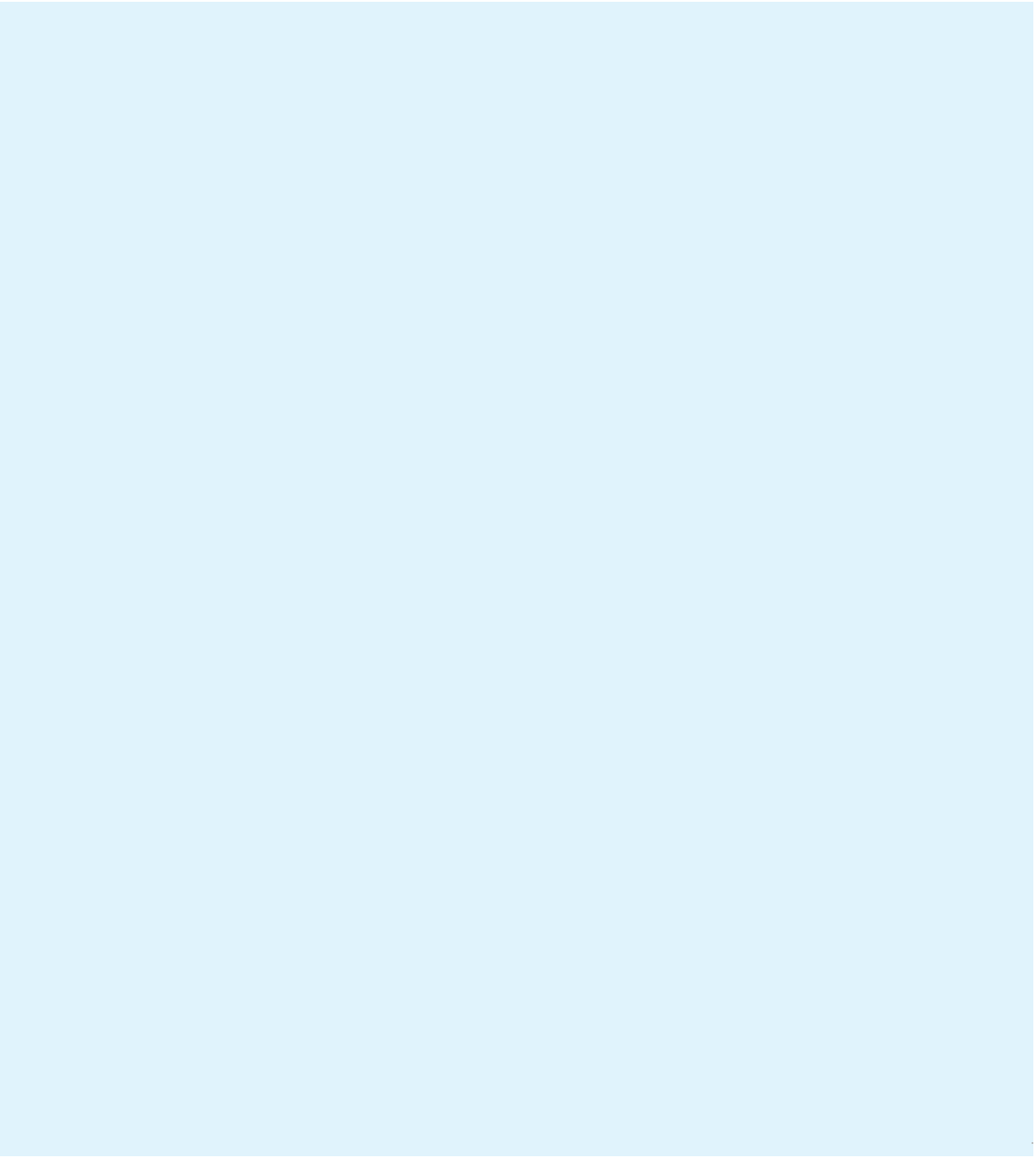Java Reference
In-Depth Information
have two formal parameters, an array parameter and a formal parameter of type
int
that gives the number of array positions used. The numbers in the array should
be of type
double
. Write a suitable test program for your method.
6.
Write a program that reads numbers from the keyboard into an array of type
int[]
.
You may assume that there will be 50 or fewer entries in the array. Your program
allows any number of numbers to be entered, up to 50 numbers. The output is to
be a two-column list. The first column is a list of the distinct array elements; the sec-
ond column is the count of the number of occurrences of each element. The list
should be sorted on entries in the first column, largest to smallest.
For the array
−
12 3
−
12 4 1 1
−
12 1
−
1 1 2 3 4 2 3
−
12
the output should be
N Count
4 2
3 3
2 2
1 4
−
1 1
−
12 4
7.
An array can be used to store large integers one digit at a time. For example,
the integer
1234
could be stored in the array
a
by setting
a[0]
to
1
,
a[1]
to
2
,
a[2]
to
3
, and
a[3]
to
4
. However, for this exercise you might find it more use-
ful to store the digits backward; that is, place
4
in
a[0]
,
3
in
a[1]
,
2
in
a[2]
,
and
1
in
a[3]
. In this exercise, write a program that reads in two positive inte-
gers that are 20 or fewer digits in length and then outputs the sum of the two
numbers. Your program will read the digits as values of type
char
so that the
number
1234
is read as the four characters
'1'
,
'2'
,
'3'
, and
'4'
. After they
are read into the program, the characters are changed to values of type
int
.
The digits should be read into a partially filled array, and you might find it
useful to reverse the order of the elements in the array after the array is filled
with data from the keyboard. (Whether or not you reverse the order of the ele-
ments in the array is up to you. It can be done either way, and each way has its
advantages and disadvantages.) Your program should perform the addition by
implementing the usual paper-and-pencil addition algorithm. The result of the
addition should be stored in an array of size 20, and the result should then be
written to the screen. If the result of the addition is an integer with more than
the maximum number of digits (that is, more than 20 digits), then your program
should issue a message saying that it has encountered
“
integer overflow.” You
should be able to change the maximum length of the integers by changing only
one named constant. Include a loop that allows the user to continue to do more
additions until the user says the program should end.



















